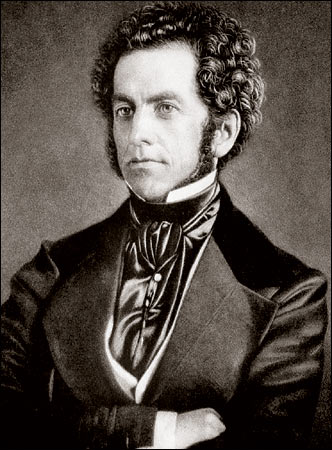
The December 2009 Morbidly Fascinating Page
This month's subject:
The Mutter Museum of Philadelphia (aka The Museum of Scientific Oddities)


All of the images on this page are real. In some cases, the deformaties may make them look fake, but I assure you they are real. I have personally visited the Mutter Museum in 2007. It is open to the public.
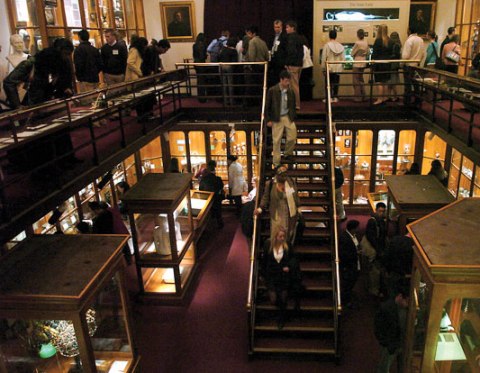
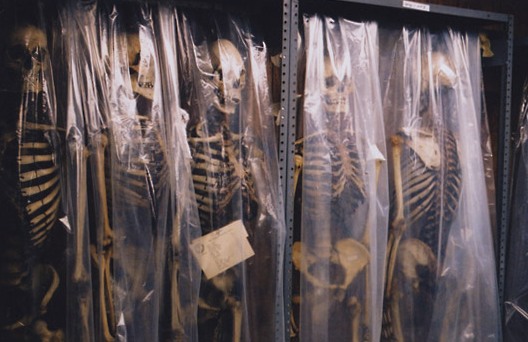


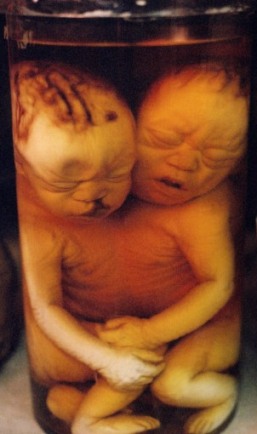
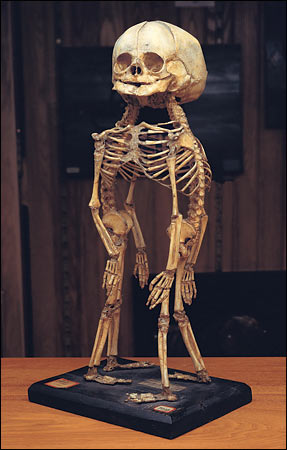
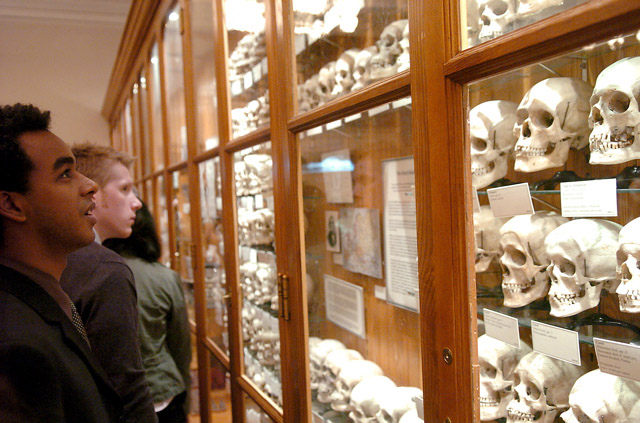
Soap Woman (below)
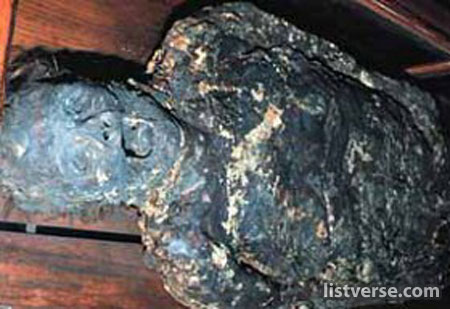
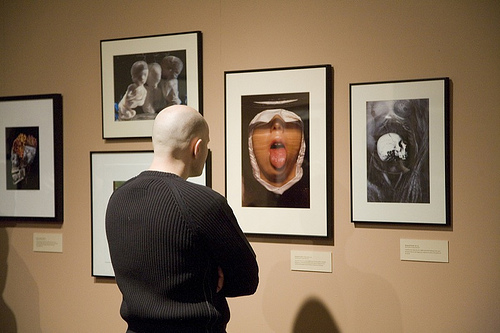
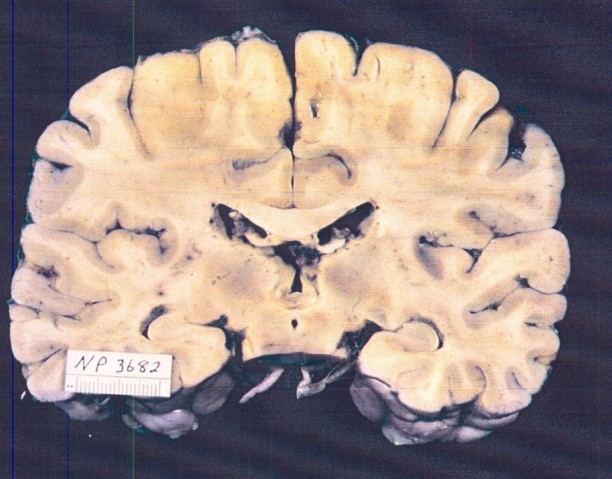
In front of the Mutter Museum (below)
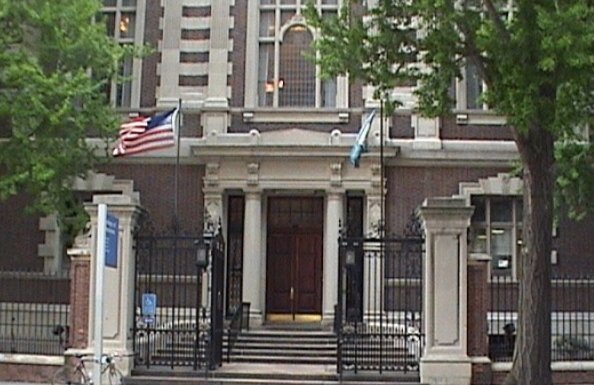
MUTTER MUSEUM
This museum in the College of Physicians of Philadelphia is home to some of the most interesting medical specimens ever, ranging from the tallest skeleton on display in North America, to a collection of two thousand objects removed from people's throats. Started in 1858 by Thomas Dent Mütter, it was originally used to educate new doctors (new, that is, in the nineteenth century) on anatomy and human medical anomalies. Now it is open to the general public, but there is a downside: no photography or filming is allowed of the specimens. Exceptions are made for scholars and filmmakers on a case-by-case basis.
Thomas Dent Mütter
Doctor Thomas Dent Mütter served as the Professor of Surgery at Jefferson Medical College at Thomas Jefferson University in Philadelphia from 1841 through 1856. During his medical career, he collected a sizable collection of medical curiosities which he donated upon his retirement in 1856. Mütter passed away only a few years later in 1859. These initial specimens formed the beginnings of the Mütter Museum. Over the years others have contributed items or entire collections to the museum.
Stillborn Fetuses
Perhaps most likely to shock and disturb visitors are the rows of jars displaying deformed stillborn fetuses. It can be both heartbreaking and horrifying to witness these innocents doomed by misfires of nature. But please remember that these fetuses were dead at birth, and also that all of them are from the nineteenth century (the 1800s). Their purpose at the time, way back then, was to educate doctors. These days, in the twenty-first century, pre-natal health care and also the medical ability to separate conjoined twins makes many of these to end up not only as live births, but also to be able to go on to lead happy, normal, and productive lives.
Exhibits
Perhaps the oddest attraction is the body of the "Soap Woman." This is the body of a woman who died of Yellow Fever sometime in the nineteenth century and was buried in soil with certain chemical properties . . . that turned her into soap! An accompanying display shows an x-ray cross-section and tells her story. A "Soap Man," buried alongside the Soap Woman, is occasionally displayed at the Smithsonian Institute.
Here are some of the exhibits in the Mutter Museum:
- Skeletons of a giant and a dwarf side-by-side
- Broken bones
- Pott's Disease Skeletons
- Skull Collections, including the Muniz collection of trephinated (holes cut in them) Peruvian skulls
- "Brain Of A Murderer" - John Wilson hanged in Norristown, PA
- "Brains of epileptics"
- Longitudinal slices of the head, showing brain
- Brain of animals arranged from tiny frog to man, often with eyes attached
- Large collection of baby deformities.
- Hearing apparatti of mammals in butterfly collection-like cases.
- Photo of Lyndon Johnson lifting his shirt to show off his gall bladder operation scar
- Wax Renderings of Eye Disease Problems
- Iron Lung in the polio exhibit
Two celebrity body parts are must sees: the "Secret Tumor of Grover Cleveland," and the "Thorax of John Wilkes Booth." Grover's growth floats in a small jar, surreptitiously removed from his jaw while he was in office. Lincoln's Assassin's thorax was procured during the post mortem aboard a ship at the Washington Navy Yard. It ended up here.
The Chevalier Jackson Collection of over two thousand items is neatly organized in narrow lie-flat drawers. Dr. Jackson was an expert in this subspecialty, and many of the instruments he designed and used to extract foreign objects WITHOUT SURGERY are on display here. Some drawers are marked "bones" or "coins;" others offer "Nuts, Seeds, Shells or Other Vegetal Substances." Dental Material is proof that sometimes people do swallow their dentures.
Mutter Museum
Address:
19 S. 22nd St., Philadelphia, Pennsylvania 19103
Directions:
West side of town, two blocks east of the Schuykill River, one block south of Chestnut. At the Philadelphia College of Physicians.
Admission:
$12 regular, student discounted rates available.
Hours:
Daily 10 am - 5 pm except Thanksgiving, Christmas, and New Year's Day. (Call to verify)
Phone:
215-563-3737 x211
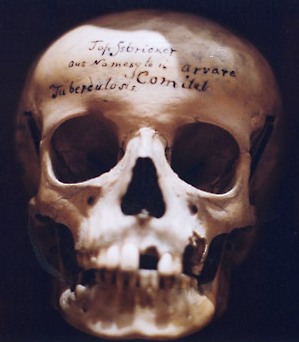
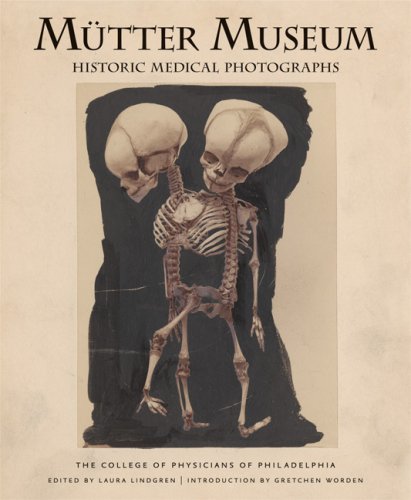
Dwarf and Giant (below)
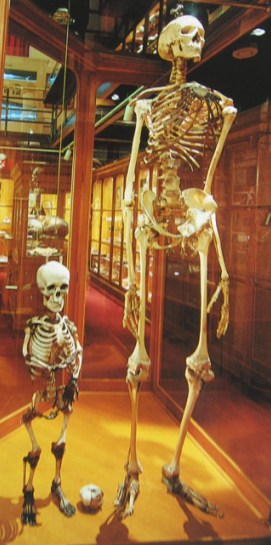


Portrait of Dr. Thomas Dent Mutter (circa 1846).
